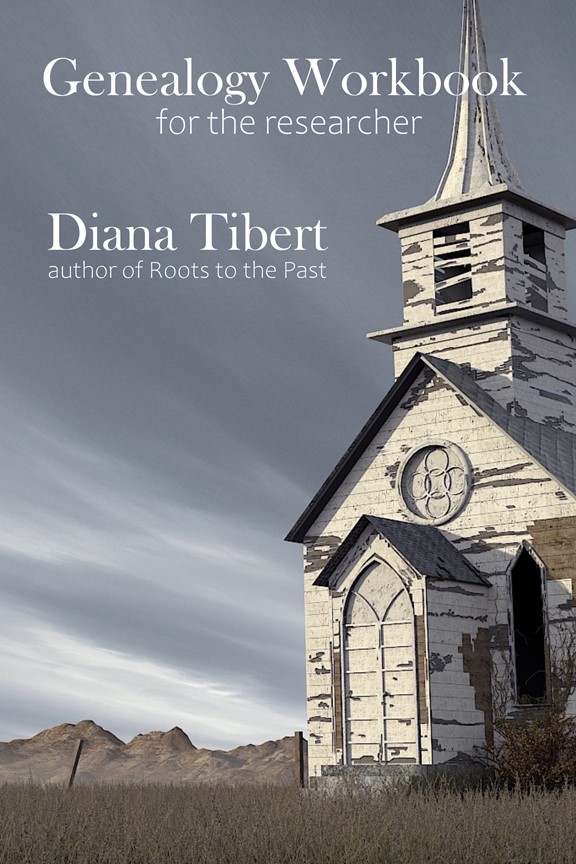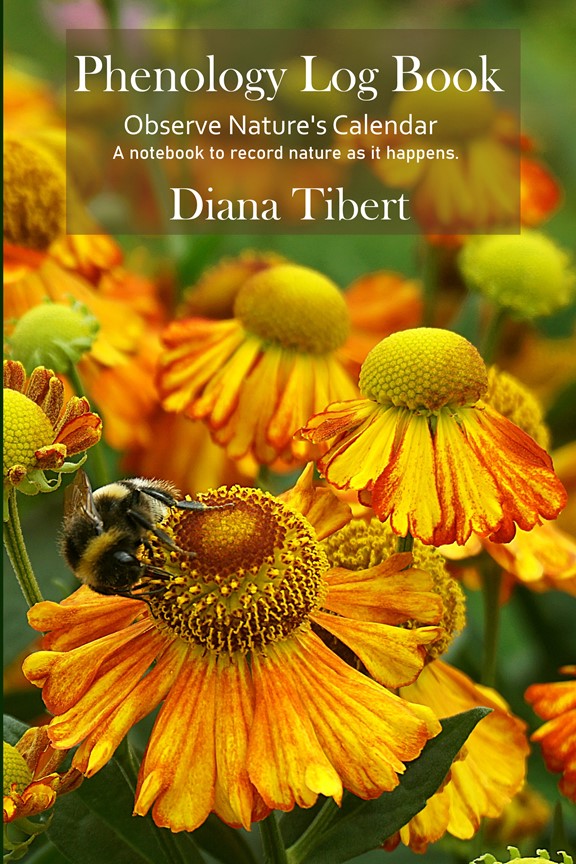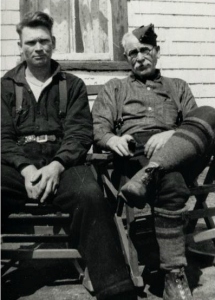A major problem we have in life is the inability to ask questions we don’t know to ask. I discuss this in my recent book, Fluid of Life – What doctors never told me about my blood.
As if to prove this point, a week after this book launched, material I was reading inspired me to ask a question. That question provided an answer that if I had thought about it, I would have guessed it. However, I never knew to ask, so I hadn’t thought about it.
The question was: Do chickens that get exposed to sunlight have more Vitamin D in their eggs than chickens raised in enclosed facilities?
I asked this question because Vitamin D is essential to our over-all health, and it plays a role in iron absorption. One of the foods said to contain Vitamin D naturally is eggs. According to a simple search online, 1 large raw egg has 41 IU of Vitamin D. Preparing it changes this slightly, but not a lot.
However, that’s not the full story. When I looked for answers to my question, I found various ones, but they all said the same thing: chickens exposed to sunlight produce eggs with higher Vitamin D.
Continue reading








